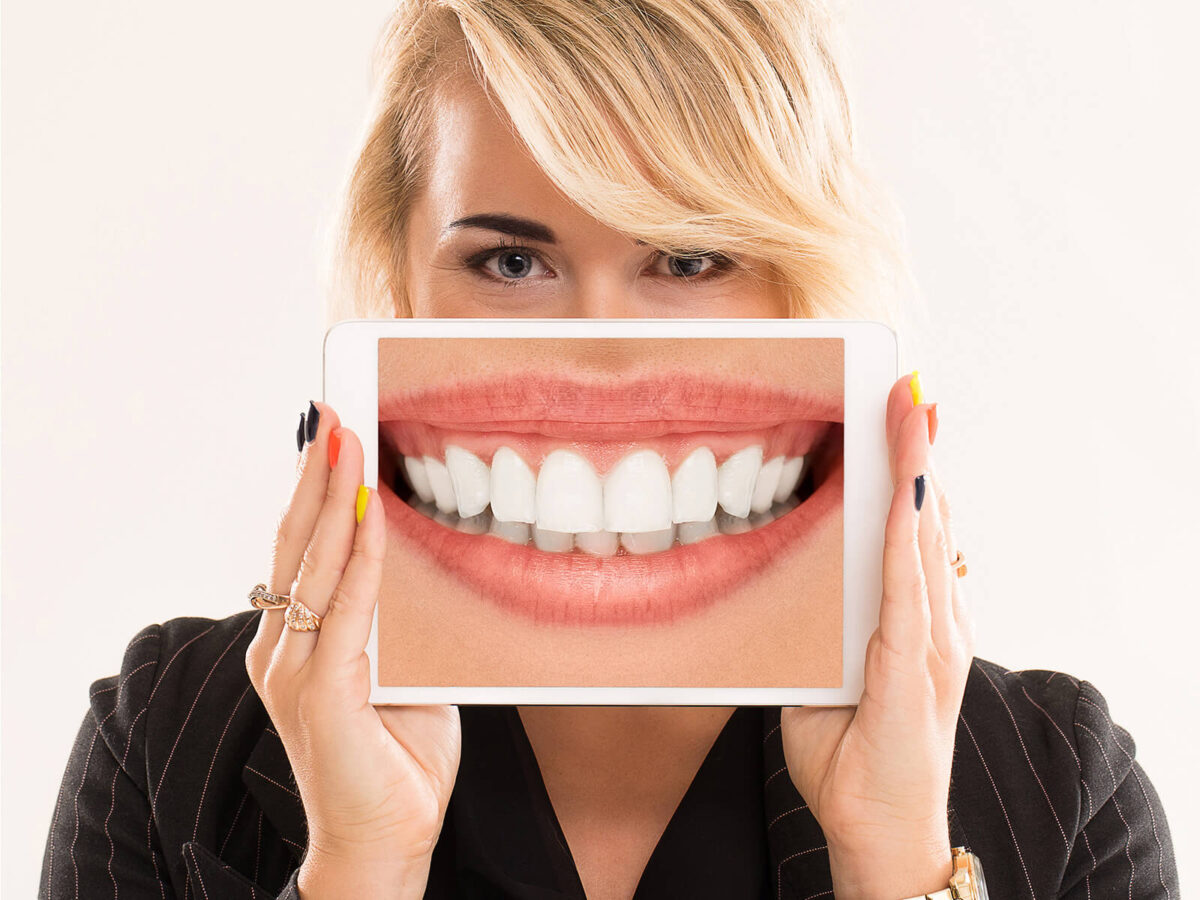Blog
Dental hygiene tips for healthy teeth & gums

How To Protect Your Enamel And Keep Your Teeth Strong
Enamel is one of the most essential components in our teeth, but perhaps you only knew it once it became a problem. Tooth enamel is the outer layer of the teeth, and some of the things that may affect it cannot be undone without the help of a dental professional, although there are measures that can be taken to support the enamel. Read on to learn more about enamel, how it is worn away, and measures that can be taken to help build up the enamel.
What Is Tooth Enamel
The enamel is the outermost layer of the teeth, its act as a shield to prevent the destruction of the interior parts of the teeth by mechanical and chemical forces. That is why enamel can have such incredible strength to provide this level of protection. It is the strongest in the body and even more potent than bone.
The capability of the enamel is that it is a mineral substance. It has been estimated that minerals play a 96% role in enamel formation, according to the American Dental Association. This demineralization process and the general wearing down of the enamel bring about the aging of the teeth.
Since your body is incapable of recreating the worn-away tooth enamel, certain measures can be implemented to avoid future instances of enamel damage. You can also change your lifestyle and behaviors to remineralize your teeth and enamel and return them to a healthy and strong state.
What Causes the Process of Demineralization of Teeth?
Although enamel is the most muscular tissue known to man, it wears thin over the years. Most people think tooth enamel loss occurs due to bacterial or nonbacterial acids. The bacteria resulting from poor oral hygiene are known to erode the enamel and, as a result, the formation of cavities. Dental erosion, therefore, is a process by which the tooth enamel wears away through contact with acids that are not bacteria-induced.
Causes of weakened enamel may include:
Improper dental habits: Brushing with pressure or having a brush with stiffer bristles than needed
Unhealthy diet: Consuming foods and beverages that contain added sugars or have a high content of acidifying substances.
- Gastric reflux or vomiting of stomach acid into your food pipe
- Tobacco smoking and product consumption
- Overconsumption of alcohol
- Other conditions include dryness of the oral cavity, otherwise referred to as xerostomia.
- Traumatic injury
This should be so since removing the enamel enhances teeth sensitivity in an individual’s mouth.
When the enamel is worn away, the brown hard layer known as dentine is revealed, which means that the sensitive nerves and tissues within the tooth are now exposed to heat, cold, sweet foods and drinks, and other irritants.
Dental caries are common in the enamel area, where the enamel has eroded and may look like it is in the early stages of tooth decay. Tooth enamel is an essential facet of the oral health care system since it needs to be protected and preserved.
Tips for Keeping Your Tooth Enamel Healthy
To prevent further loss of enamel and dental decay and sensitivity, the following measures should be taken to slow down the process and gain greater enamel density.
1. Practice proper oral hygiene and hygiene related to the use of dental appliances
Practicing oral hygiene is not limited to brushing teeth and flossing at intervals; it is only done throughout the day. You have to understand what needs to be brushed and the appropriate time to do it.
First, do not brush your teeth just after intake of acidic meals or drinks to allow saliva to neutralize the acids. If you take a soda and then brush your teeth, you are somewhat applying the acid on your teeth and demineralization, and the enamel will wear more quickly.
Do not brush your teeth immediately after consuming any acidic food and beverages, and it is recommended that you wait for at least half an hour before brushing your teeth. This waiting time helps the saliva in the mouth to reduce the acidity that can harm the enamel on the teeth.
Likewise, if you are sick or nauseous and vomit, you should rinse your mouth with milk, baking soda rinse, or just plain water to wash off any stomach acid that may have come in contact with your teeth. Avoid brushing your teeth immediately if you have vomiting; wait some time after you have vomiting.
While brushing, ensure you use a brush with soft bristles and apply gentle pressure on the teeth and gums. Brushing with considerable pressure or using a brush with hard bristles can cause the physical abrasion of enamel if the vulnerability has been occasioned by demineralization.
2. Avoid Foods and Drinks that Decrease Enamel Thickness
Avoid the intake of acidic foods and take products rich in acids. Some of the most common culprits of enamel erosion include:
- Sports drinks
- Sodas
- Sour candies
- Sugary foods
Acidic foods including oranges, berries, and lemons, among others, are also applicable to juices.
Although sweets can’t cause demineralization directly, these foods feed the bacteria in the mouth sugars. When the bacteria digest the starches, the byproduct they produce is the acid that leads to enamel and tooth decay.
You do not have to eliminate all foods harmful to your teeth’s enamel, as it is impossible. One should take a break after the food by rinsing the mouth and brushing the teeth.
3. Re-mineralize the Enamel by using fluoride-containing toothpaste or mouthwash
Clean the teeth with toothpaste that has a mixture of fluoride daily. Fluoride is one of the minerals that form the enamel substance of the teeth and is appropriate for human consumption. Toothpaste containing fluoride is used to apply this matter on the surfaces of the teeth to help in the enamel’s mineralization process. Thus, using only fluoride-containing toothpaste prevents the wearing of the enamel and tooth decay. Both reasons are why dentists use a fluoride solution to your teeth after a cleaning procedure.
4. Visit a Doctor to Diagnose Other Health Issues that May Cause Wearing of Enamel
If you have a condition such as acid reflux, commonly referred to as gastroesophageal reflux, you should seek medical advice on the management. Therefore, seek medical attention for this condition to eliminate the inconvenience of constant heartburn and reflux and the wearing of your teeth.
5. Visit Your Dentist If You Develop Any of These Symptoms of Crumbling Teeth
If you have signs of reduced enamel, you must consult with your dentist. Your dentist can advise you on ways to slow down the rate of erosion. For example, if you clench your teeth when sleeping, you can address this problem and save your teeth by getting a night guard. Some clinical procedures, like simple scaling and professional application of fluoride, can reduce enamel wear since some mineral loss can be regained.
Conclusion
If you find it difficult to stick to a certain diet or dental regimen that helps protect tooth enamel, know that the first day will be the most challenging.
Healthy decision-making becomes more accessible as the practice is followed for an extended period. Finding out how to maintain the strength and health of your enamel with Springtown Dental Office is the first step.


